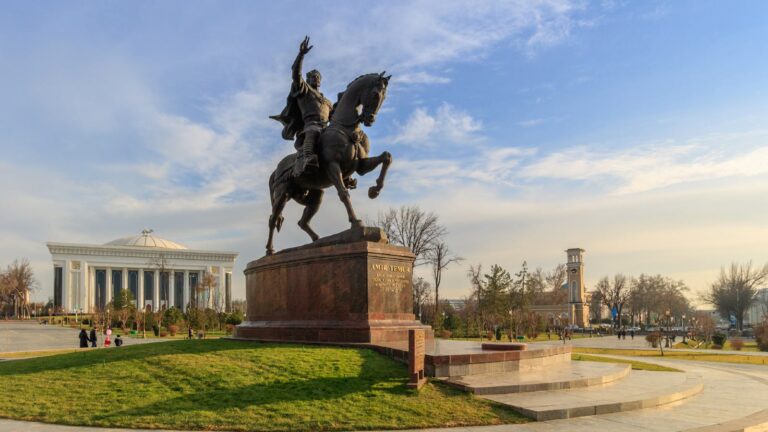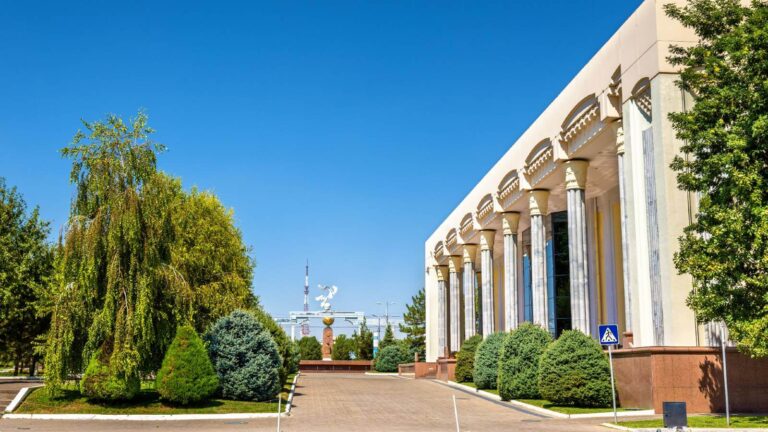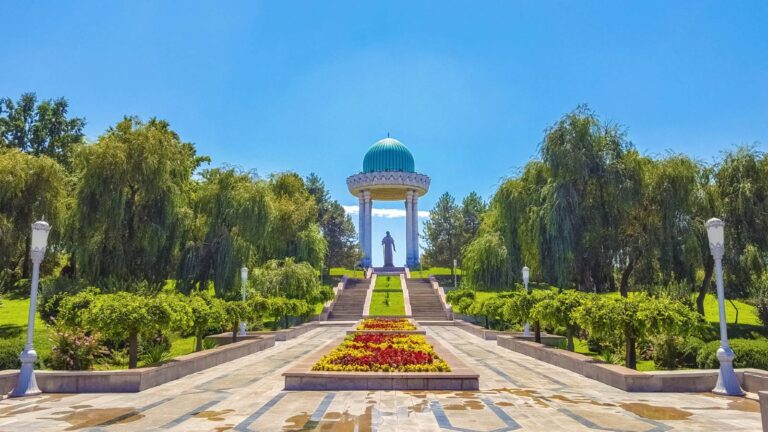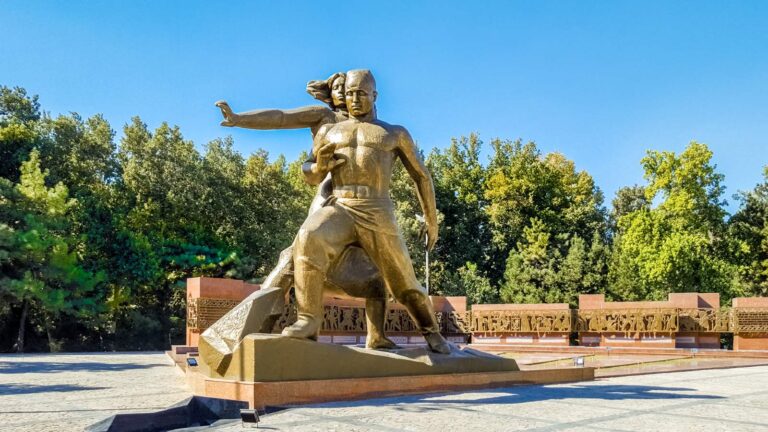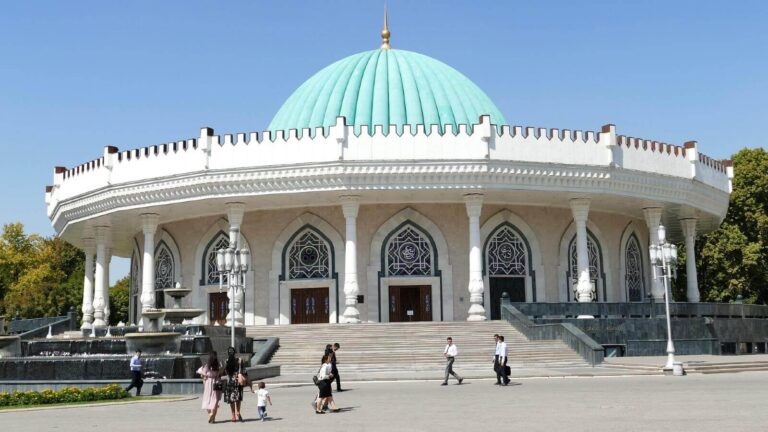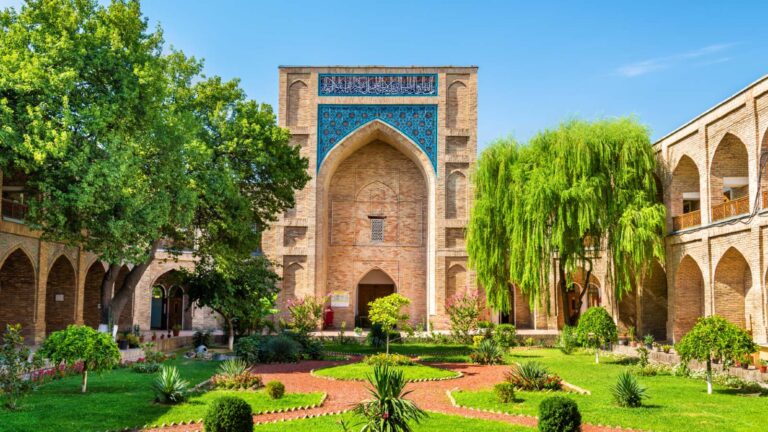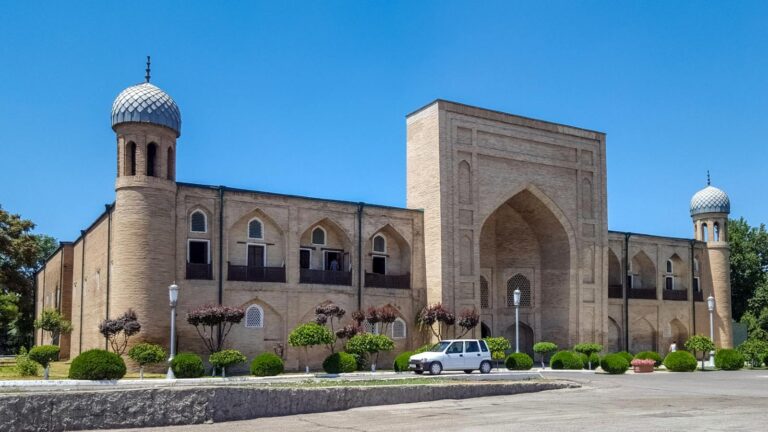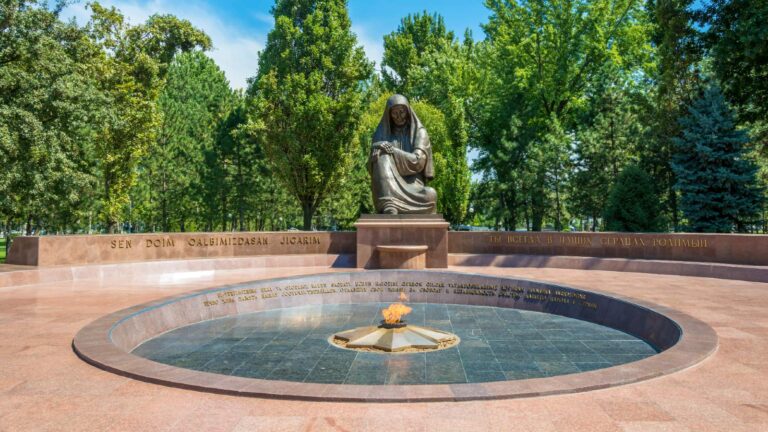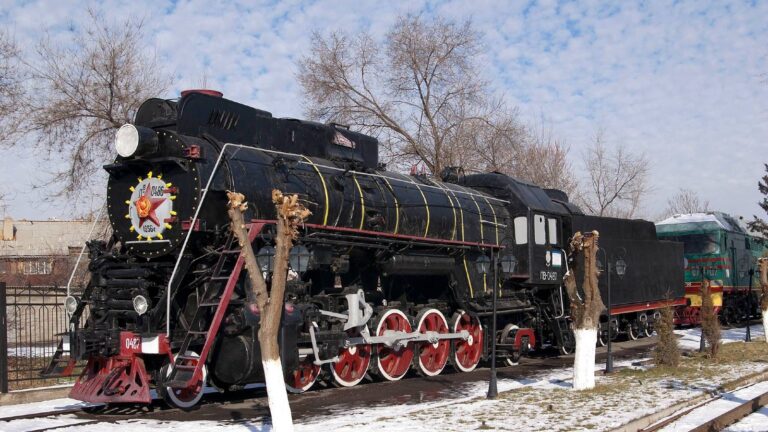Getting There
Palace of Grand Duke Nikolai Constantinovich is located in a distance of 150 meters from the Independence Square and 1.5 km from the Sheikh Khovendi at-Takhura Mausolem and Sheikhantaur Complex
The nearest metro station is Mustakillik.
What to Expect
Entering through oak carved double-leaf wide doors located in front of the palace, the visitor entered a large round hall, decorated with dark wood, with a lantern descending on an intricately shaped cast-iron chain.
On the left side of the entrance to the winter garden there was a Japanese garden with dwarf fruit trees. In this garden, streams murmured, through which beautiful bridges with railings in the form of fences and tunnels were thrown over, and also there were tiny houses with a lot of figures of people and animals in picturesque poses around them. Also in the garden were arranged beautiful gazebos.
Passing through the left door from the hall, the visitor entered three halls, which followed one after the other. These halls housed marble statues and paintings from the collection of Grand Duke Nikolai Konstantinovich.
History
The Palace of the Romanovs in Tashkent, built in 1891 by the architects V.S.Geyntselman and A.L. Benois for the Grand Duke Nikolai Constantinovich, who was exiled to the outskirts of the empire – to the Turkestan Territory.
The palace was a long, two-story building made of burnt yellow-gray bricks, with a basement specially equipped for living, where it was cool even in the heat. There was also an extensive kitchen in the basement. Round towers were built on the flanks of the palace, merging beautifully with the building. A well-known Tashkent botanist and pharmacist I.I.Krauze laid out a garden next to the palace. Near the entrance was the Joseph-George Church (demolished in 1995).
From the street to the porch overlooking Kaufmansky Prospect there was a circular, wide entrance alley in the form of a covered glassed-in portico with columns. This section was fenced off from the street with a beautiful, high forged lattice with two gates: entrance and exit. Between the lattice and the entrance alley, a round flower garden, enclosed by sheared hedging plants, was broken.
On both sides of the entrance ladder, on marble pedestals, were placed life-sized bronze deers with big branchy horns.
The rooms on the left wing belonged to the Grand Duke, while those on the right side were used by his wife.
Facilities Available
- Uzbekistan State Museum of History
- Fine Arts Museum of Uzbekistan
- Lotte City Hotel Tashkent Palace
- Poytakht Shopping Center
- National Library of Uzbekistan named after Alisher Navoi

